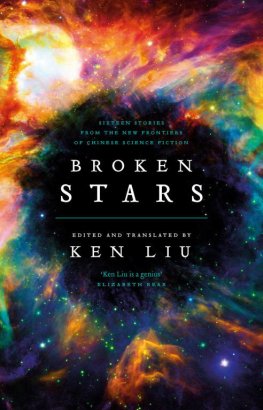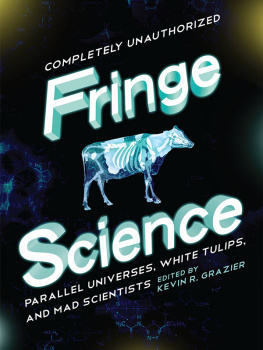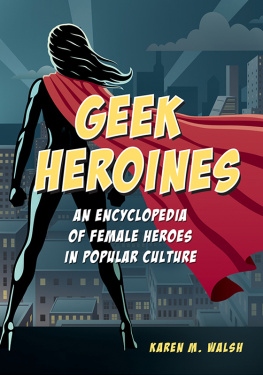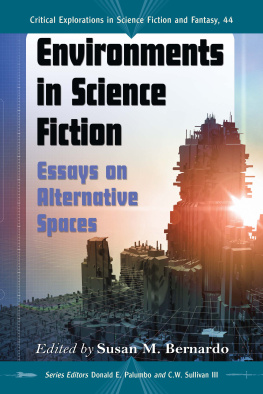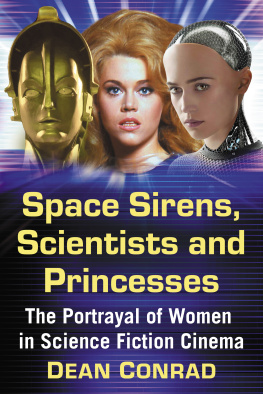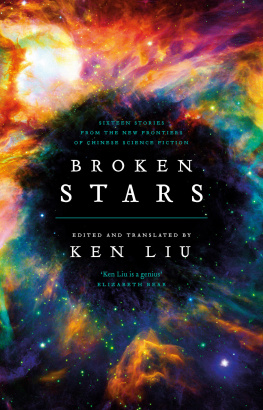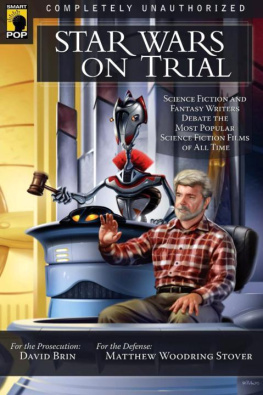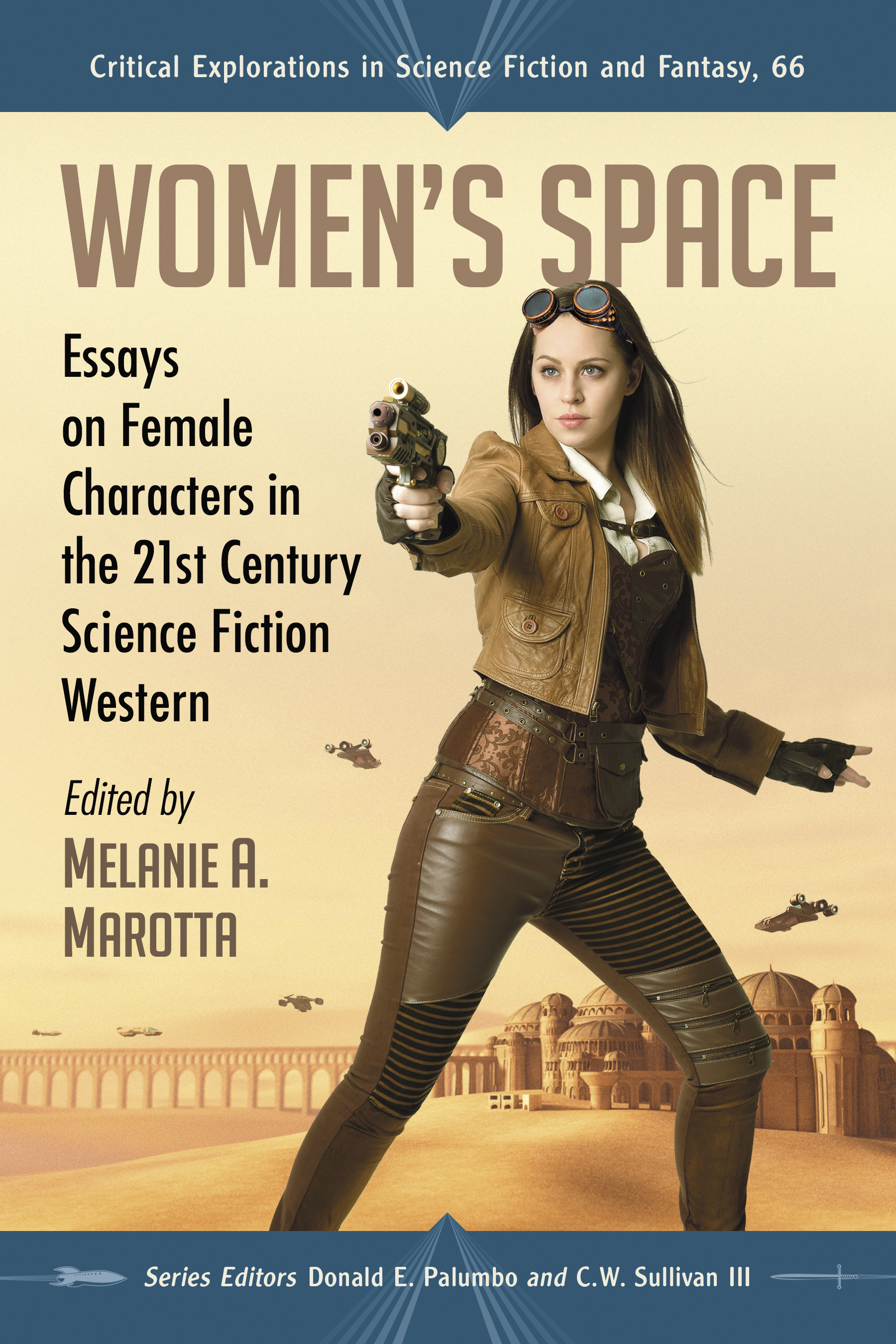Womens Space
Critical Explorations in Science Fiction and Fantasy
(a series edited by Donald E. Palumbo and C.W. Sullivan III)
Earlier Works: www.mcfarlandpub.com
Recent Works: The Heritage of Heinlein (Thomas D. Clareson and Joe Sanders, 2014)
The Past That Might Have Been, the Future That May Come (Lauren J. Lacey, 2014)
Environments in Science Fiction: Essays (ed. Susan M. Bernardo, 2014)
Discworld and the Disciplines: Critical Approaches to the Terry Pratchett Works (ed. Anne Hiebert Alton, William C. Spruiell, 2014)
Nature and the Numinous in Mythopoeic Fantasy Literature (Christopher Straw Brawley, 2014)
J.R.R. Tolkien, Robert E. Howard and the Birth of Modern Fantasy (Deke Parsons, 2014)
The Monomyth in American Science Fiction Films (Donald E. Palumbo, 2014)
The Fantastic in Holocaust Literature and Film (ed. Judith B. Kerman, John Edgar Browning, 2014)
Star Wars in the Public Square (Derek R. Sweet, 2016)
An Asimov Companion (Donald E. Palumbo, 2016)
Michael Moorcock (Mark Scroggins, 2016)
The Last Midnight: Essays (ed. Leisa A. Clark, Amanda Firestone, Mary F. Pharr, 2016)
The Science Fiction Mythmakers: Religion, Science and Philosophy in Wells, Clarke, Dick and Herbert (Jennifer Simkins, 2016)
Gender and the Quest in British Science Fiction Television (Tom Powers, 2016)
Saving the World Through Science Fiction: James Gunn (Michael R. Page, 2017)
Wells Meets Deleuze (Michael Starr, 2017)
Science Fiction and Futurism: Their Terms and Ideas (Ace G. Pilkington, 2017)
Science Fiction in Classic Rock: Musical Explorations of Space, Technology and the Imagination, 19671982 (Robert McParland, 2017)
Patricia A. McKillip and the Art of Fantasy World-Building (Audrey Isabel Taylor, 2017)
The Fabulous Journeys of Alice and Pinocchio: Exploring Their Parallel Worlds (Laura Tosi with Peter Hunt, 2018)
A Dune Companion: Characters, Places and Terms in Frank Herberts Original Six Novels (Donald E. Palumbo, 2018)
Fantasy Literature and Christianity: A Study of the Mistborn, Coldfire, Fionavar Tapestry and Chronicles of Thomas Covenant Series (Weronika aszkiewicz, 2018)
The British Comic Invasion: Alan Moore, Warren Ellis, Grant Morrison and the Evolution of the American Style (Jochen Ecke, 2019)
The Archive Incarnate: The Embodiment and Transmission of Knowledge in Science Fiction (Joseph Hurtgen, 2018)
Womens Space: Essays on Female Characters in the 21st Century Science Fiction Western (Edited by Melanie A. Marotta, 2019)
Hailing frequencies open: Communication in Star Trek : The Next Generation (Thomas D. Parham III, 2019)
The Global Vampire: Essays on the Undead in Popular Culture Around the World (Edited by Cait Coker, 2019)
Womens Space
Essays on Female Characters in the 21st Century Science Fiction Western
Edited by Melanie A. Marotta
Critical Explorations in Science Fiction and Fantasy, 66
Series Editors Donald E. Palumbo and C.W. Sullivan III
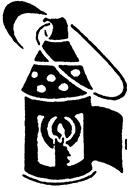
McFarland & Company, Inc., Publishers
Jefferson, North Carolina
ISBN (print) 978-1-4766-7660-9
ISBN (ebook) 978-1-4766-3672-6
Library of Congress and British Library cataloguing data are available
Library of Congress Control Number : 2019943588
2019 Melanie A. Marotta. All rights reserved
No part of this book may be reproduced or transmitted in any form or by any means, electronic or mechanical, including photocopying or recording, or by any information storage and retrieval system, without permission in writing from the publisher.
Front cover image by Jessica Truscott (Shutterstock)
Printed in the United States of America
McFarland & Company, Inc., Publishers
Box 611, Jefferson, North Carolina 28640
www.mcfarlandpub.com
For my mother, with gratitude
Acknowledgments
My love for science fiction began with the release of Star Trek: The Next Generation , but my fascination for popular culture, specifically American, has been life-long. My mother, a native Californian, passed on her interest in popular culture to me while my fascination with the Western came from both my mother and my grandfather. Studying the subgenre of the science fiction Western makes the best of both worlds for me.
As always, I thank my mother for my interest in American popular culture and for her support during the process of completing this collection. I am grateful to Donald Palumbo, C.W. Sullivan, and Layla Milholen at McFarland. My thanks to Nathaniel Fuller for his assistance with the copy editing. Finally, I was one of the participants in the National Endowment for the Humanities summer workshop, Westward Expansion and the Constitution in the Early American Republic, at the University of Oklahoma. The lectures and conversations with the workshop leaders, presenters, and participants were invaluable to this work.
Table of Contents
Introduction
Where Are We Going and Whence Have We Come?
Melanie A. Marotta
The psychosexual dynamic of a virginal paradise meant that real flesh-and-blood womenat least metaphoricallywere dispossessed of paradise (Kolodny 3).
To many, the term Western implies wild chases, distraught maidens, and shoot-em-up showdowns, just as to many others, the term science fiction implies ray guns, distraught maidens, and bug-eyed monsters (Mogen 15).
Overview
Paul Green defines the Science Fiction Western as A traditional Western setting with science fiction elements or themes, often involving future technology or extra-terrestrials (2). He continues to document that A science fiction story set in outer space that contains Western genre elements or themes is considered to be what he terms a Space Western (2). If a reader looks closely at Greens definitions, the difference is a slight one, but one integral to the Western genre itself. In accordance with Greens definitions, the difference between the SF Western and the space Western is an environmental one: while the SF Western is set on land, the space Western occurs in, logically, outer space. Green adds a third definition, naming the subgenre of the weird Western and offering that Western and supernatural attributes have been combined to create texts in this area. This subgenre has been omitted from this collection other than a brief observation later in this introduction.
During the historical Westward expansion, women were responsible for the home and family while men were to be providers, to be active in farming the land, and to protect the family. In twenty-first century SF Western contributions to the subgenre, public and private spheres, which actively controlled womens actions in the eighteenth and nineteenth centuries, have been transgressed. As Green indicates in his definitions, location is a key trait in the construction of the SF Western much as it is in the Western genre itself. The parameters for this collection are defined by this definition of the SF Western subgenre: a contribution which contains attributes of both the science fiction and Western genres set in a space representative of the frontier. What the pulp writers have done is to provide readers with an adaptation of the Western mythos. They created a subgenre of the Western (which predates science fiction) while still retaining its essential elements, namely humanitys journey into the newthe frontier. Regarding investigations of this subgenre, while representations of the frontier are integral to the study, whether the frontier is on land on Earth or another planet or in a ship in space is not. What is essential is the SF Western is based in the possible rather than the fantastic. Science fiction, while seemingly incredible, is feasible (see Star Trek / Star Trek: The Next Generation for the appearance of tablets, flat screen televisions, and Facetime). Ultimately, parameters must be set and the focus narrowed in order to create a cohesive yet viable collection.


